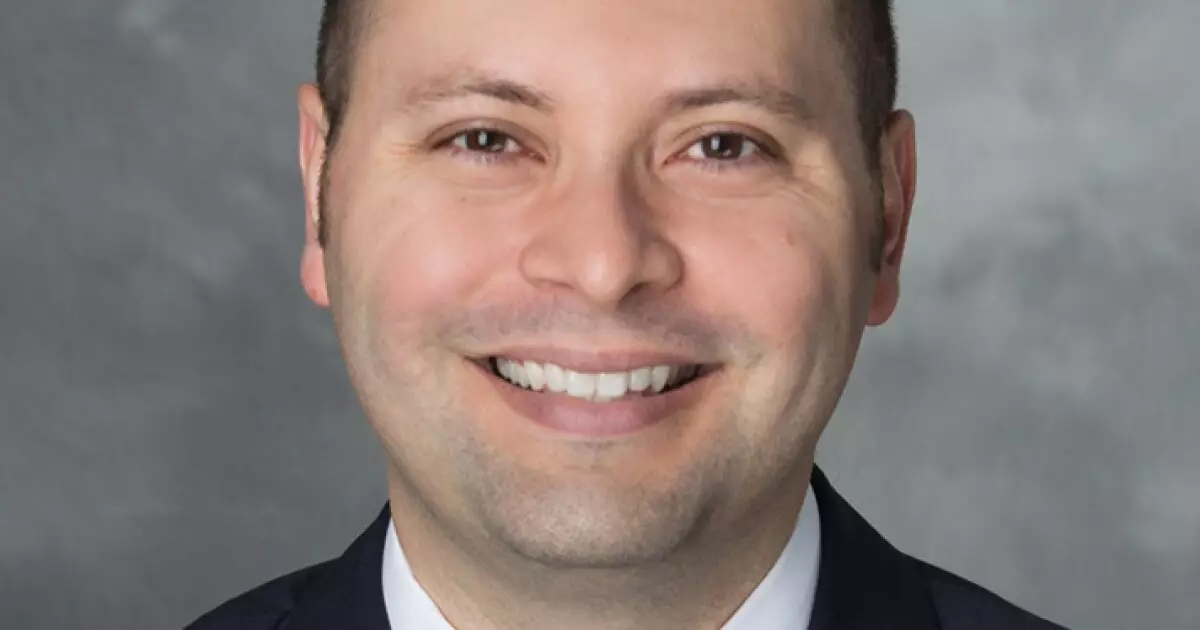The Federal Open Market Committee (FOMC) recently made headlines by affirming its decision to keep interest rates within the 4.25% to 4.5% range, an expected move considering the increasing economic uncertainty. Under the leadership of Fed Chair Jerome Powell, the Committee issued a statement riddled with concern about inflation and unemployment. This cautious approach underscores the bizarre reality we’re currently navigating, a forecast ambivalent enough to diminish the effectiveness of traditional monetary policies.
In his press conference, Powell’s reluctance to commit to a rate-cut timeline reflects a growing unease among economists and policymakers. The gravitational pull of rising inflation and simultaneously increasing unemployment has placed the Fed in an untenable position. As much as the Fed tries to balance its dual mandate—maximizing employment while stabilizing prices—the friction resulting from competing economic pressures suggests that the art of monetary policy has morphed into a high-stakes game of chance.
The Imminent Threat of Economic Divergence
Brian Coulton, Chief Economist at Fitch Ratings, aptly remarked that the Fed is facing a dilemma: the policies aimed at maximizing employment may inadvertently push inflation higher. With solid consumer spending juxtaposed against a precarious labor market, this reflects a mounting crisis requiring extraordinary measures. According to various analysts, including Luis Alvarado from Wells Fargo, the likelihood that the Federal Reserve will remain steadfast in its current rates through the near term is increasingly probable. The specter of “stickiness” in inflation makes it difficult to anticipate rate cuts anytime soon, laying bare the contradictions plaguing contemporary economic governance.
The fundamental issue at hand reveals a deeper malaise within the U.S. economy. Enhanced consumer spending has not translated into a more stable employment landscape, leaving the Fed scrambling for a coherent direction. Herein lies the irony: more jobs could foster economic dynamism, but without a tighter grip on inflation, those same jobs could become a double-edged sword. This paradox demands not only cautious deliberation but also a commitment to exploring innovative economic approaches that embrace the complexities of modern capitalism.
The Role of External Forces: Politics and Tariffs
As if the economic conditions weren’t enough, external factors such as tariff policies add another layer of complication. Richard Flax, the CIO of Moneyfarm, posits that the Fed’s ability to navigate its monetary course will hinge heavily on the political climate, particularly the actions—or inactions—of the Trump administration. The interplay of fiscal policy and financial markets creates a volatile arena where uncertainty reigns.
Jay Woods of Freedom Capital Markets suggests that the Fed’s tacit admission of needing more clarity from Washington signals a political landscape heavily marred by conjecture and indecision. The intermittently contentious relationship between the Treasury and the Fed could lead to poorly coordinated economic responses, ultimately translating into volatility that investors and consumers alike find unnerving.
As tariffs ripple through global supply chains, their potential to generate price hikes complicates the Fed’s policy landscape. As concerns about supply chain disruptions mount, economists find themselves racing against a timeline that could hasten inflation while jobs remain vulnerable to cuts. In an atmosphere like this, one might wonder whether traditional economic models can adequately anticipate the consequences of intertwined political and fiscal policies.
Investor Sentiments: The Waiting Game
Amid the turmoil, investor perceptions are shifting. Ashish Shah from Goldman Sachs warns that while recent labor data appears stable, the real test will lie in whether these numbers begin to falter. If a decline in job security occurs, it may be several months before the ramifications affect monetary policy decisions. Therefore, the current strategy to maintain the status quo could be misguided if the labor market experiences an unexpected downturn.
With a possible July rate cut on the horizon—yet fraught with cautious optimism—investors need to remain vigilant. If the Fed were to act prematurely, the ramifications could lead to counterproductive outcomes, notably a spike in long-term yields, muddling the very objectives the Committee aims to tackle.
The Path Forward: A Complex Web of Economic Strategies
The high level of uncertainty suggests that we might be heading into a transformative phase for American monetary policy. The traditional tools at the Fed’s disposal may need reinvention to adapt to the simultaneous threats of inflation and unemployment. As seasoned investors brace for unexpected moves, the overarching conversation increasingly veers towards understanding the interdependence of fiscal policy, consumer confidence, and international trade dynamics. The Fed must now navigate a labyrinthian landscape where clarity is paramount to avoid exacerbating the economic woes we currently face.
In this climate, economic stakeholders must adopt a more nuanced understanding of market dynamics, recognizing that mere reactions to external pressures will no longer suffice. Instead, we require multifaceted strategies that account for a rapidly changing economic environment coupled with robust political cooperation.

